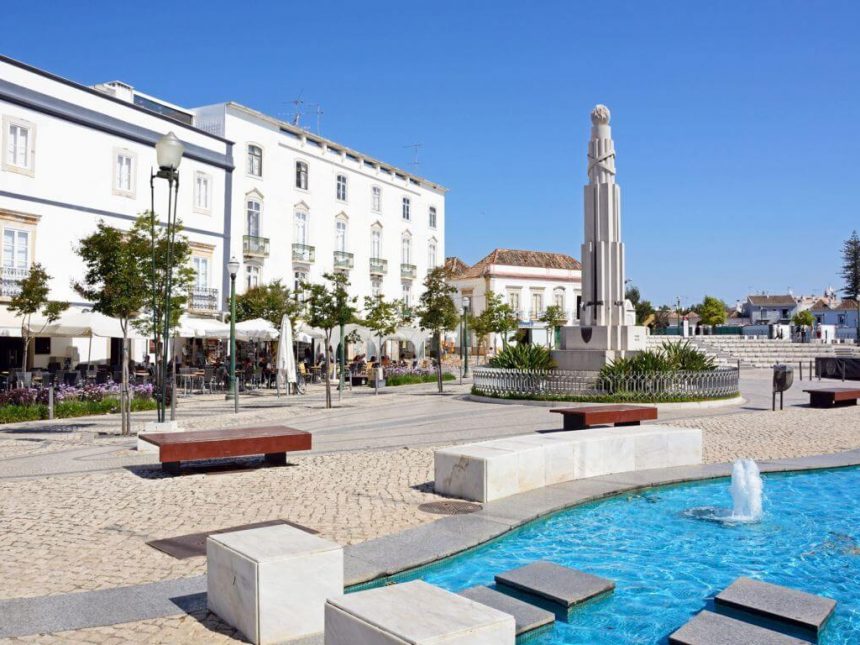
Tavira stands out as one of the treasures of the eastern Algarve, nestled between the River Gilão and the River Segua. Its serene charm and predominantly low-rise architecture distinguish it from other resorts in the region. Often likened to Venice for its picturesque setting, Tavira boasts a seven-arched Roman bridge, exquisite Renaissance architecture, numerous churches, leafy squares, and an unmistakable romantic ambiance. Along the Travessa de Dona Brites, medieval houses adorned with Gothic windows and doorways add to its allure. However, beyond its idyllic façade, Tavira is a bustling trading hub, hosting a vibrant fruit and vegetable market near the riverside park, where locals gather for coffee and lively chatter.
Throughout Portuguese history, Tavira held strategic importance as a gateway to Africa, owing to its proximity to Morocco. Once a thriving tuna-fishing town and the foremost port beyond Lisbon, it now relies heavily on tourism. Remnants of its illustrious past include the ruins of a Moorish castle, offering panoramic vistas of the town, its myriad church spires, ornate rooftops, balconies, and the sprawling river delta merging with the sea.
Among its many churches, two stand out. The Igreja da Santa Maria, erected on the site of an ancient mosque, near the castle, houses the tomb of Dom Paio Peres Correia, the commander who liberated Tavira from Moorish rule in 1242. The mid-16th-century Igreja da Misericordia boasts a Renaissance portal and exquisite traditional tile work from the 18th century, honoring both Saint Peter and Saint Paul.
Just 3 kilometers from the Atlantic coast, Tavira offers easy access to several delightful beaches, including those on the Ilha de Tavira. This expansive sandbar, nestled between the town and the ocean, features pristine beaches, alongside charming restaurants and a campsite. During the summer, regular boat trips ferry visitors from the town center to the island. Off-season, a ferry service operates from Quatro Aguas, a village two kilometers from Tavira, surrounded by salt flats, a testament to another facet of the local industry.



